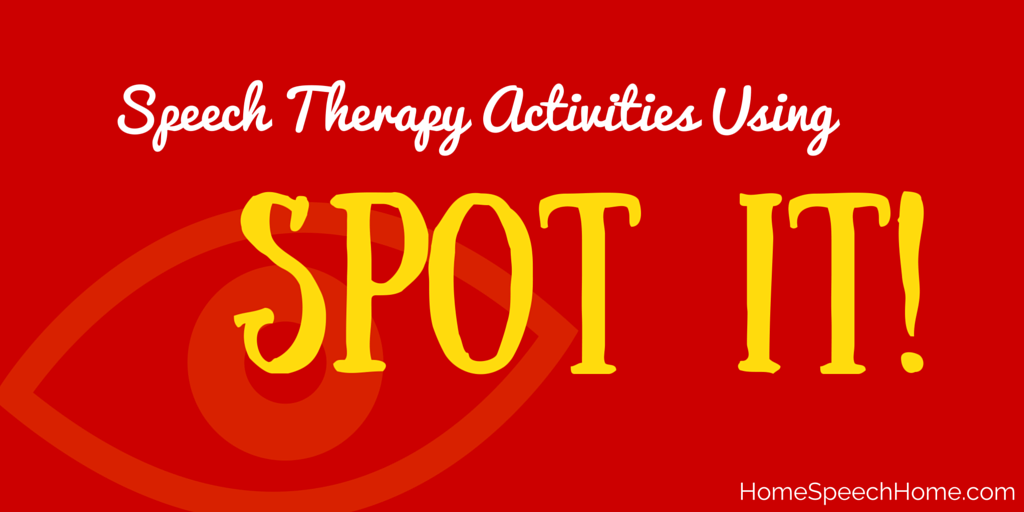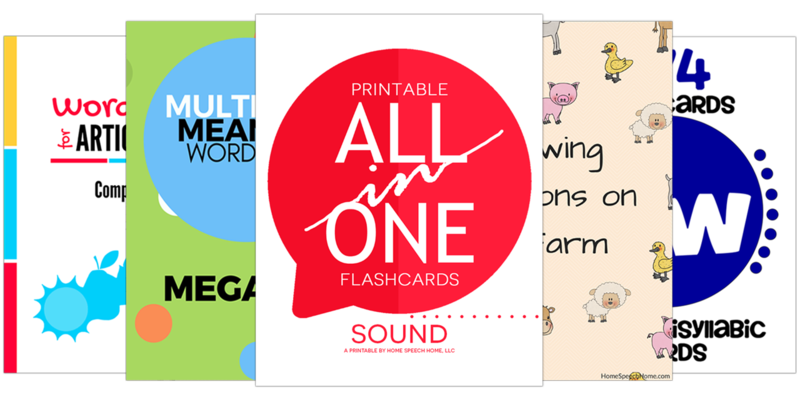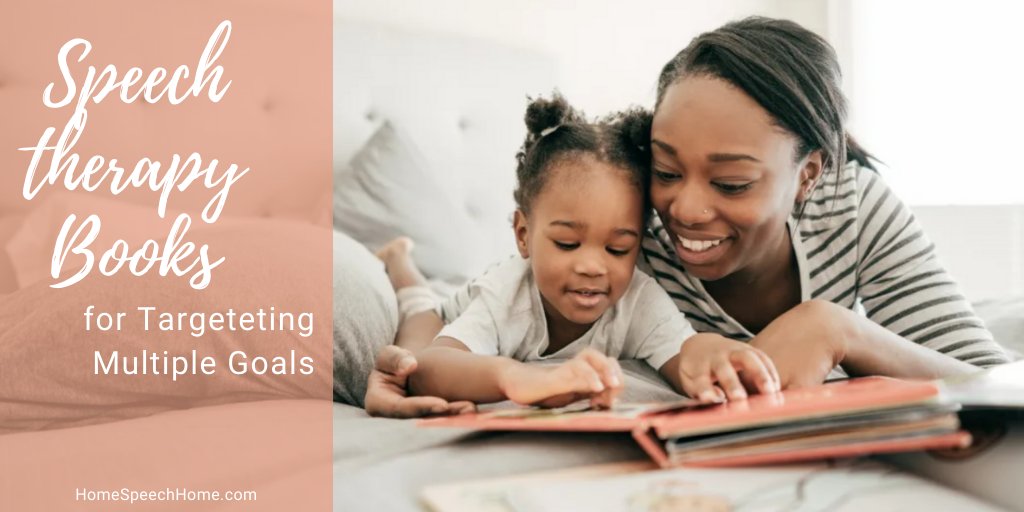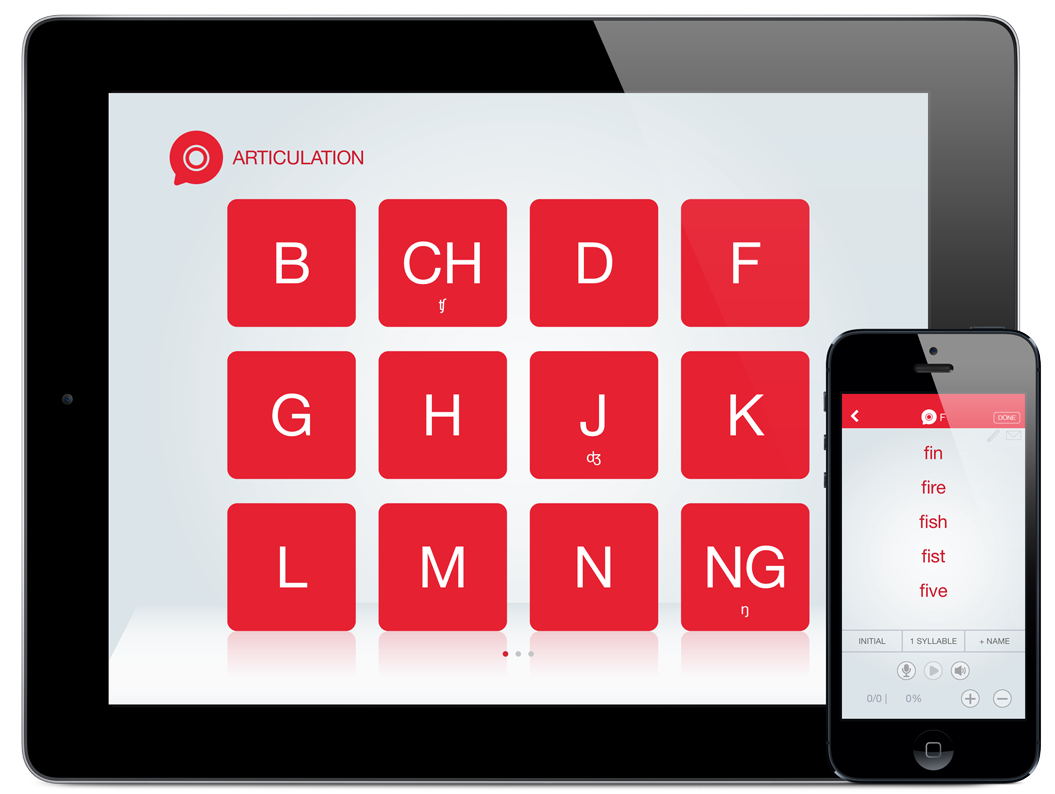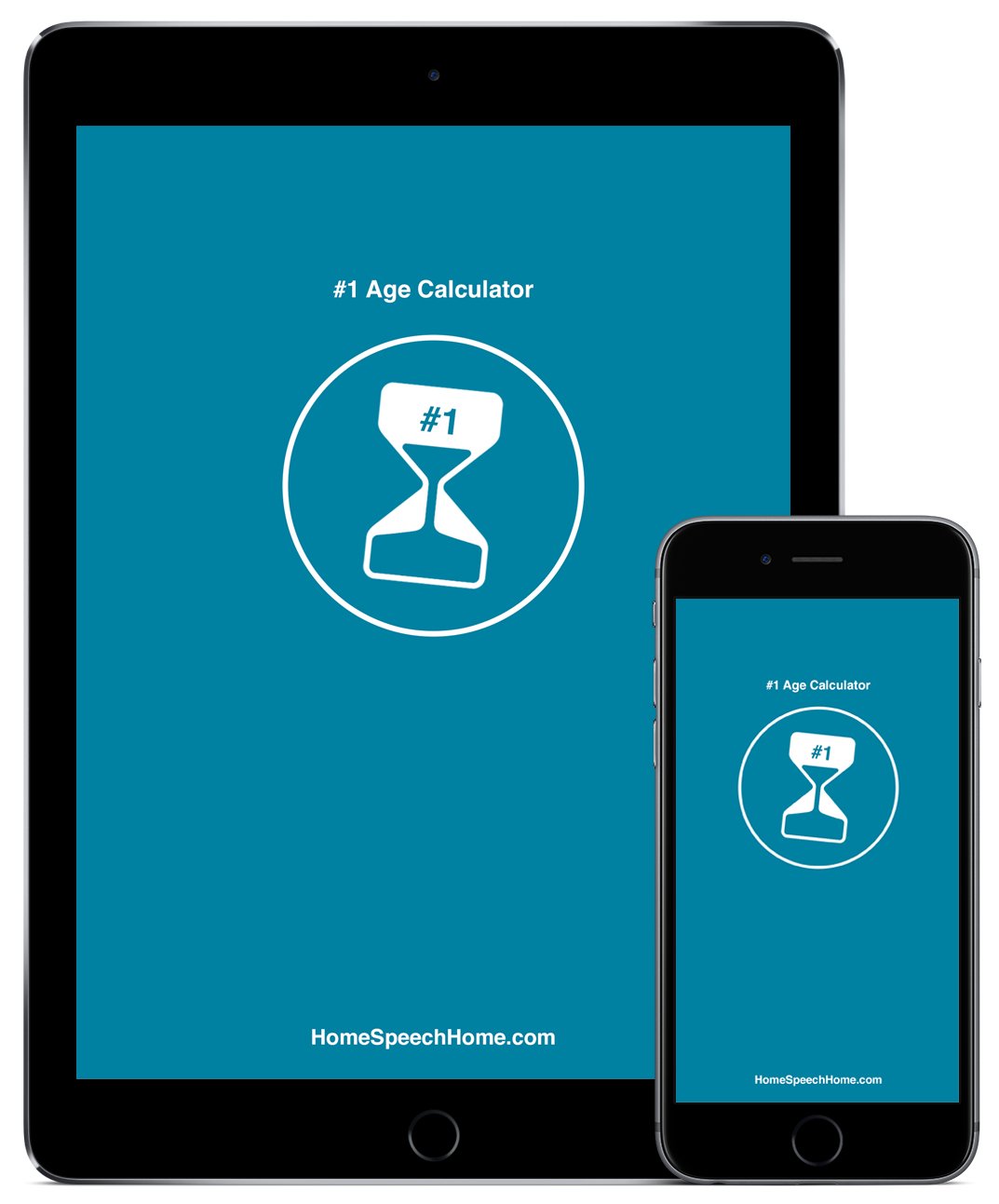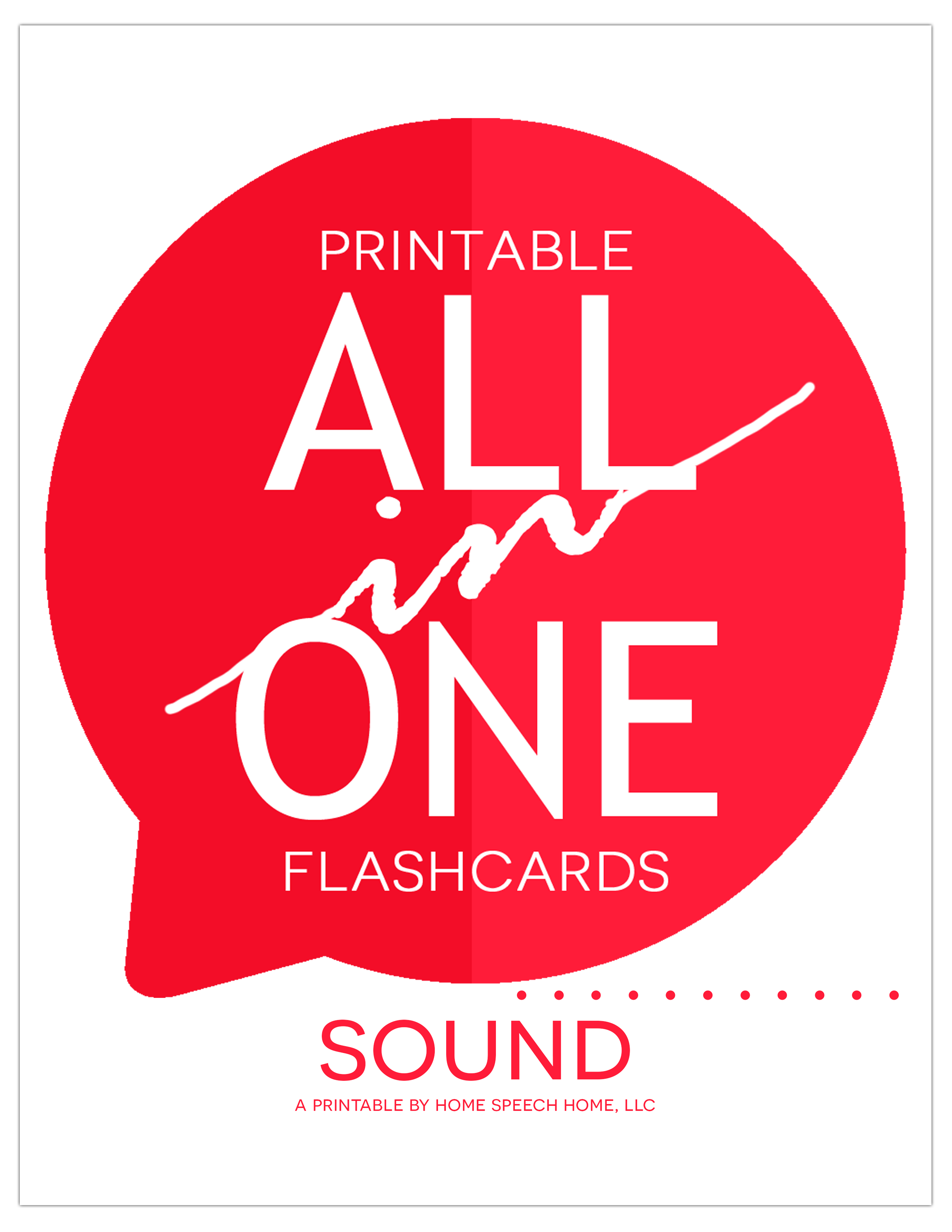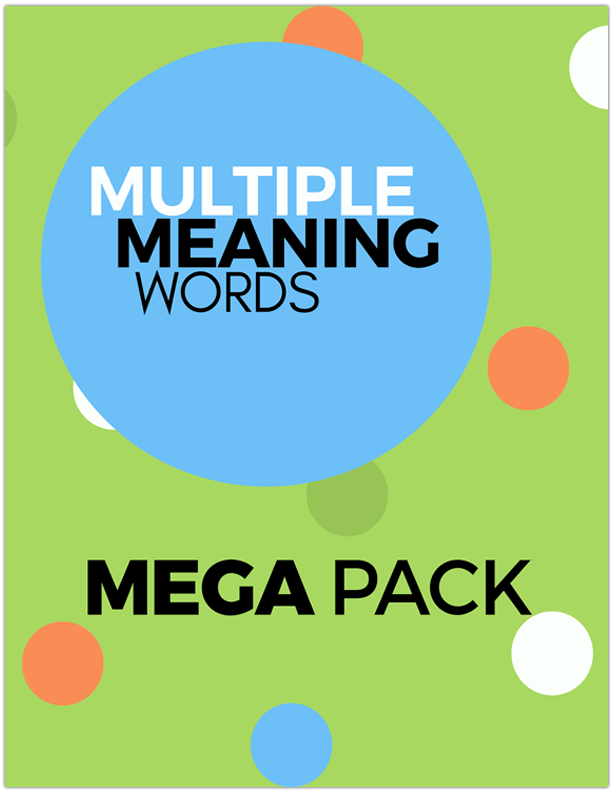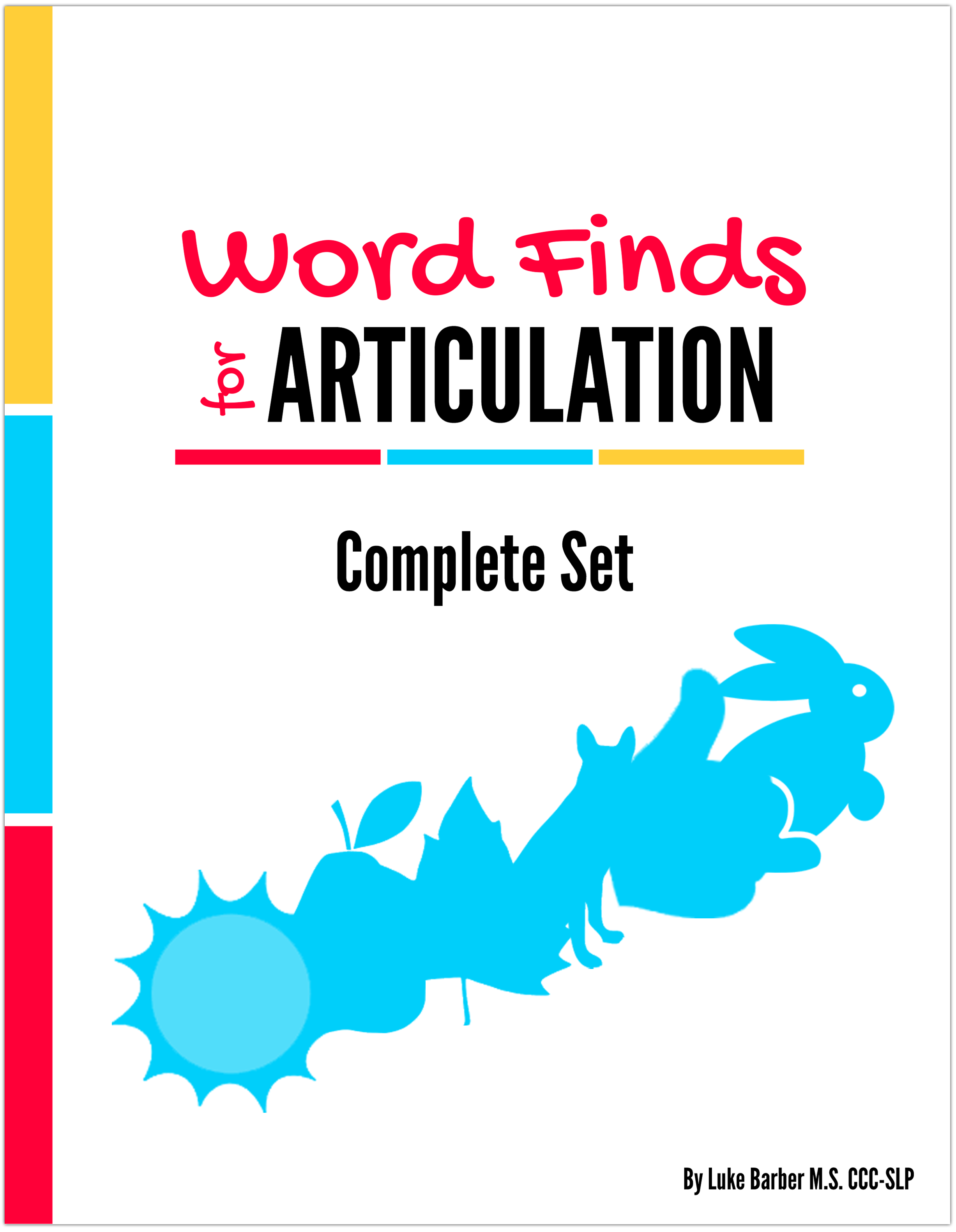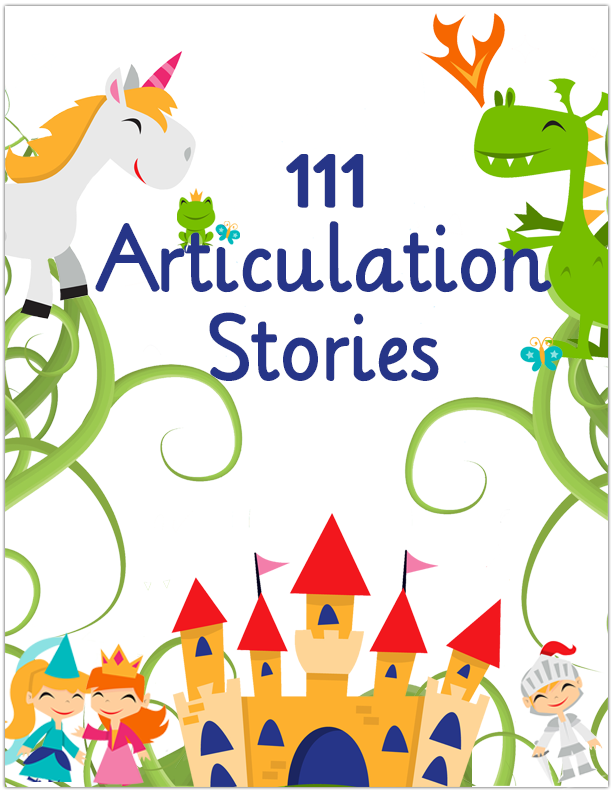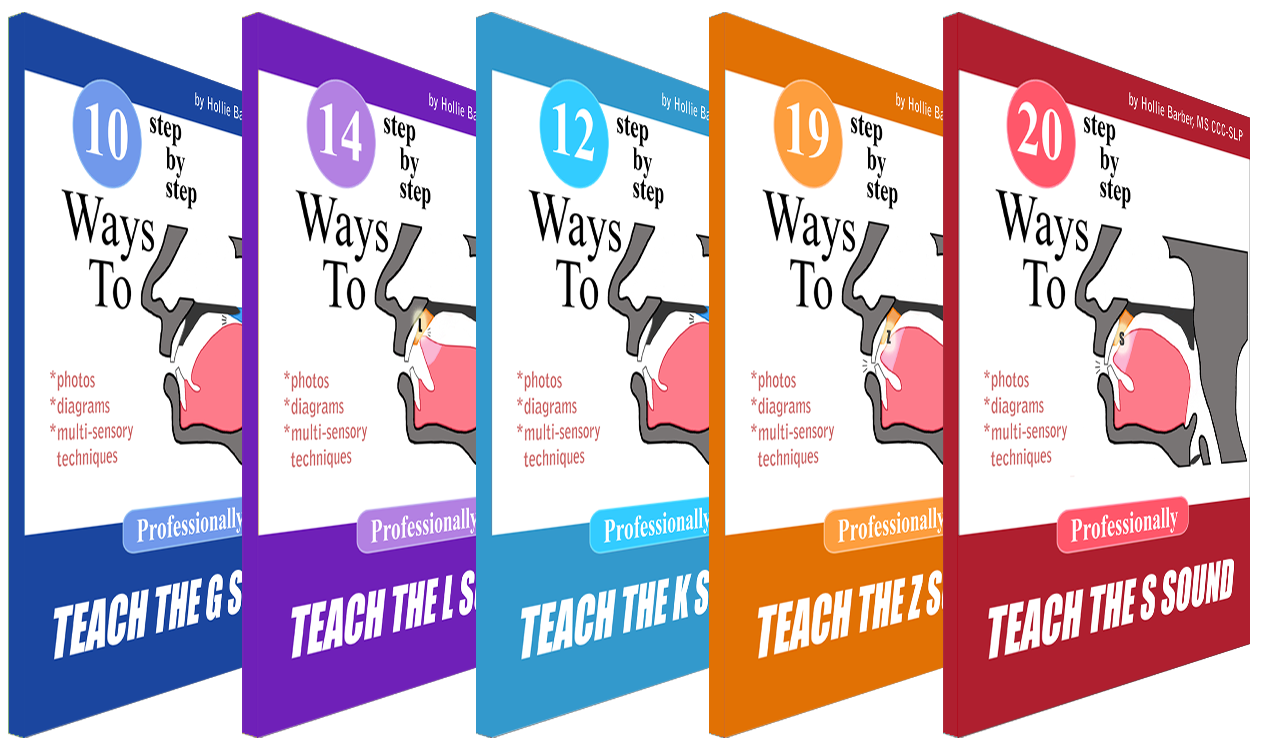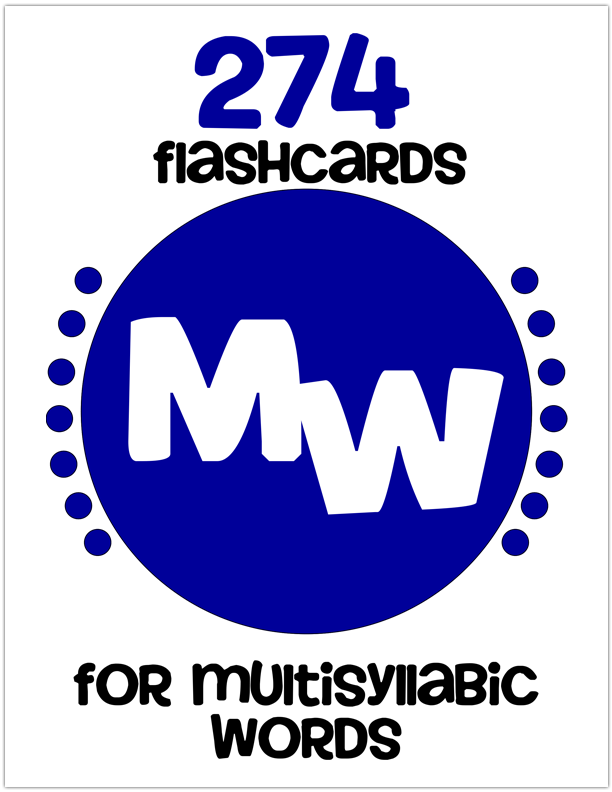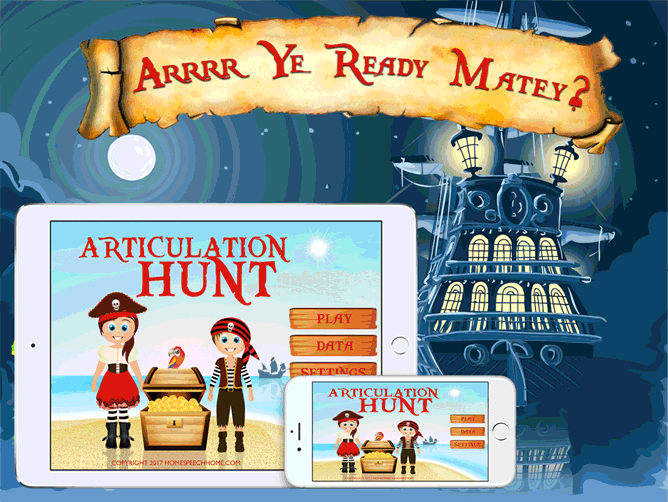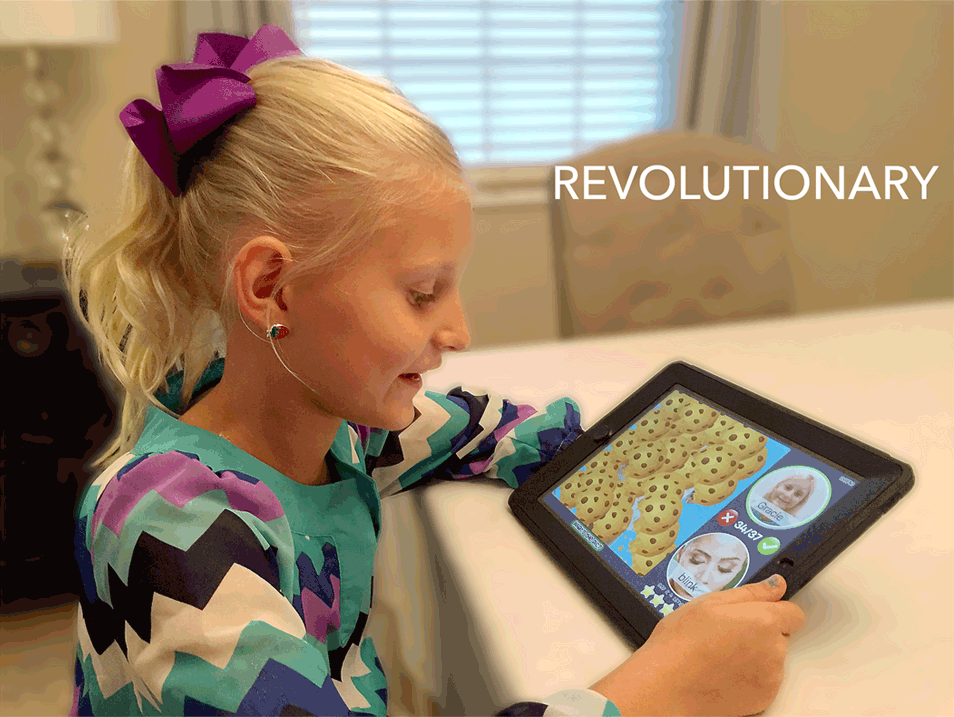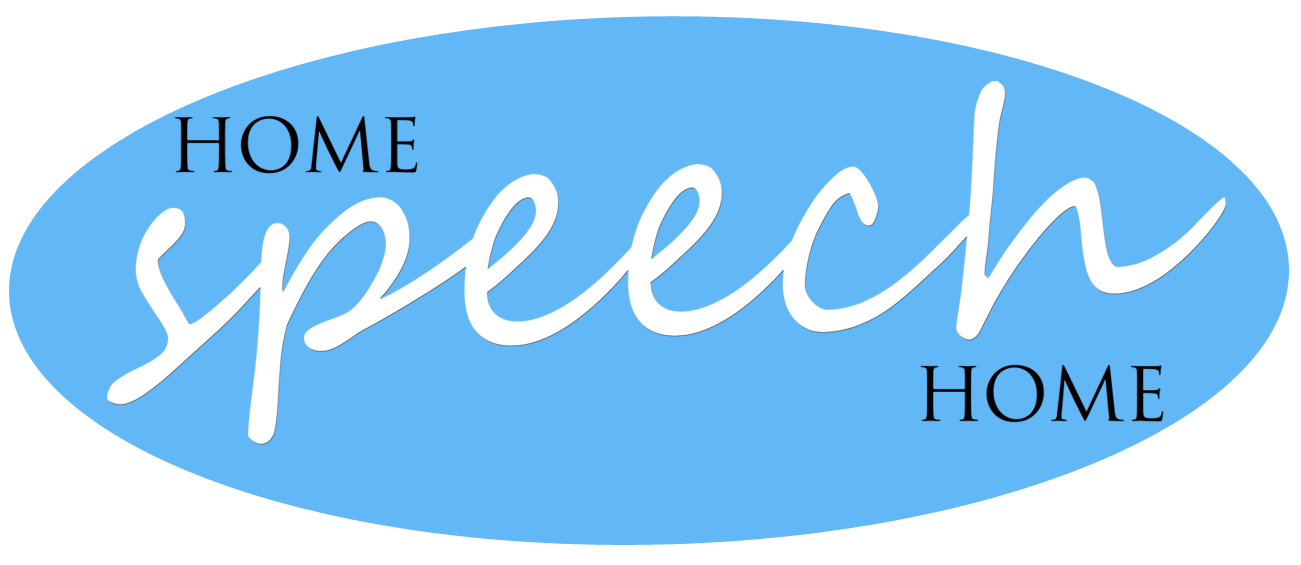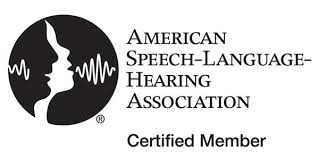Speech Therapy Activities Using Spot It!
There is nothing better than finding affordable therapy tools that can be used over and over again year after year. The game Spot It! should be in every speech therapists' collection of tricks, not to mention every teacher and parent.
This game contains 55 disc-shaped cards, each of which have 8 pictures. Every card has only ONE picture that matches another card.
The game, when played correctly, is all about how fast you can recognize the matching picture.
Here is a video for you to get a better idea of the game.
However, for our purposes, the rules have no boundaries! So many speech and language activities lie within this game.
There are many different ways to play the game; once again so many different possibilities!
This activity was written with the original Spot It! game in mind, but could be very easily tailored to whichever version you purchase.
There are also a variety of versions available including 1 2 3, Animals Jr., Camping, Fishing, and our personal favorite the Beach Version!
They have also come out with a variety of themed Spot It! versions such as Minions, Star Wars, Marvel, Frozen 2, Paw Patrol, and even Harry Potter!
Explore Our Goal Achieving, Client Centered Products
Expressive Language
Activity #1 - Word Level
Place a card in front of the student. Have them label the items as fast as they can. When they are done with all 8 words on the disc, they can ring a bell and grab another card and start again.
Trust me; the bell is a natural reinforcement!
This is a great, simple activity for rapid recall of words/naming. It can be timed and you can see if they can improve their time with each card.
Make sure the students know all of the words before you hand them the card; a few of the pictures may be difficult for them to name.
Activity #2 - Sentence Level
Hand a card to the student and ask them to make sentences using each picture on it. This is a good task because the words are sometimes uncommon and unrelated to each other.
It requires creative thinking.
If this is too difficult of a task, use a carrier phrase that the child can use for each word.
Activity #3 - Paragraph Level
While looking at one card, ask the student to make a story or a paragraph using all 8 words. If that is too difficult, you can have them choose any four words (or three, five, etc.)
Together, you could type the story out and print it so they have something to take home for practice of retelling.
Activity #4 - Group Task
Have the students sit in a circle.
Use one card to pass around.
Start a story using a sentence with one of the words on the card.
Each time the card gets passed, the new student will add to the story using another word (of their choice) from the card.
Receptive Language
Activity #1 - Word Level
This is a simple task for students working at the word level; possibly younger children or students who have special needs.
Place a card in front of the student.
As you say a single word from the card, have them point to the picture. You can use the bell reinforcer here too!
Activity #2 - Sentence Level
This is similar to activity #1, but instead of saying single words, use sentences.
For example, you could say "The snowman loves the cold" and the student would point to the picture of the snowman.
Activity #3 - Paragraph level
Before the student arrives, choose a card and create a short paragraph or story using some of the pictures on the card.
After telling the story to the student, hand them the card and have them point to the pictures that were included in the story, and identify which pictures were not.
Activity #4 - Group Task
This activity doubles as an expressive task.
Place two or three cards where all the students can see.
One at a time, have the students describe one picture (of their choice) without saying the name.
The other students listen and try to figure out which picture is being described.
SEE ALSO: The Best Free App for Speech Therapy
Categorizing
Lay as many cards on the table as are appropriate for the student's level/goal.
On a horizontal piece of paper draw two vertical lines so that there are three sections. At the top of each section write "Inside," "Outside," and "Other."
Explain to the students that not ALL the pictures will fit into the first two categories, and therefore they have the "Other" section.
This is a good task for children to be able compartmentalize items that are not at all related, but they still belong in the same category based on that fact.
Great for problem solving and categorizing.
Synonyms/Antonyms
Many of these words will have synonyms and antonyms, and many don't.
So another problem solving task that also addresses synonyms/antonyms is to have the child decide whether each word has a synonym, antonym, or nothing at all.
If you point to a lock, the synonyms could be bolt, latch, bond. The antonym could be key.
But a yin and yang symbol, of course, does not have either.
It would be helpful to know which cards you are using in advance and write up a list of potential synonyms/antonyms the child can refer to to make this task a little easier.
If HomeSpeechHome's synonyms and antonyms pages don't have enough of what you're looking for, thesaurus.com is great for quickly looking up synonyms and antonyms for target words.
Here is another activity that you may be able to incorporate into some students' goals...keep a tally of how many words have synonyms, how many have antonyms, and how many have neither.
Just a fun little task that could address problem solving and categorizing and all sorts of executive functioning goals.
Speech/Fluency
I happened to notice that many of the words I saw began with /s/. Sunglasses, spider, spiderweb, skull and bones, scissors, snowman to name a few.
You could have your student try to spot /s/ words and say them individually, in carrier phrases, or in sentences.
Use the game as a reinforcer!
This game is fun all by itself, and there is no time criteria. You can start and finish the game whenever you want.
So probably the best way to use this game with your articulation students is to tell them they get to play the game after a successful therapy session!
Due to the extensive amount of pictures contained in this game, I believe it makes a great activity for fluency students at any level.
Hand them a card and have them practice slow speech/easy onset at the word, sentence, or paragraph level using the pictures on each card.
I would use the fact that the cards are ROUND as a visual.
Show the card rolling slowly down the table and have them visualize slow and easy onset, just like the wheel.
Or have them run their finger slowly around the edge of the card just for a relaxation before starting this activity (just watch out for papercuts).
You know my motto...always utilize as many senses as possible!
As you play this game and become familiar with the pictures, your creative juices will start flowing just as mine did.
The possibilities are limitless!! Enjoy!
SEE ALSO: The Best Books for Speech Therapy Practice

About the Author
Lindsey is an M.S. CCC-SLP from Salt Lake City, UT. She received both her B.S. and M.S. from Utah State University. When she's not chasing her 5 crazy kids around, she enjoys creating engaging speech therapy ideas and materials. Read More
Activities and Product Discounts, Oh My!
Sign up for Terrific Therapy Emails
Your information is 100% private & never shared.
